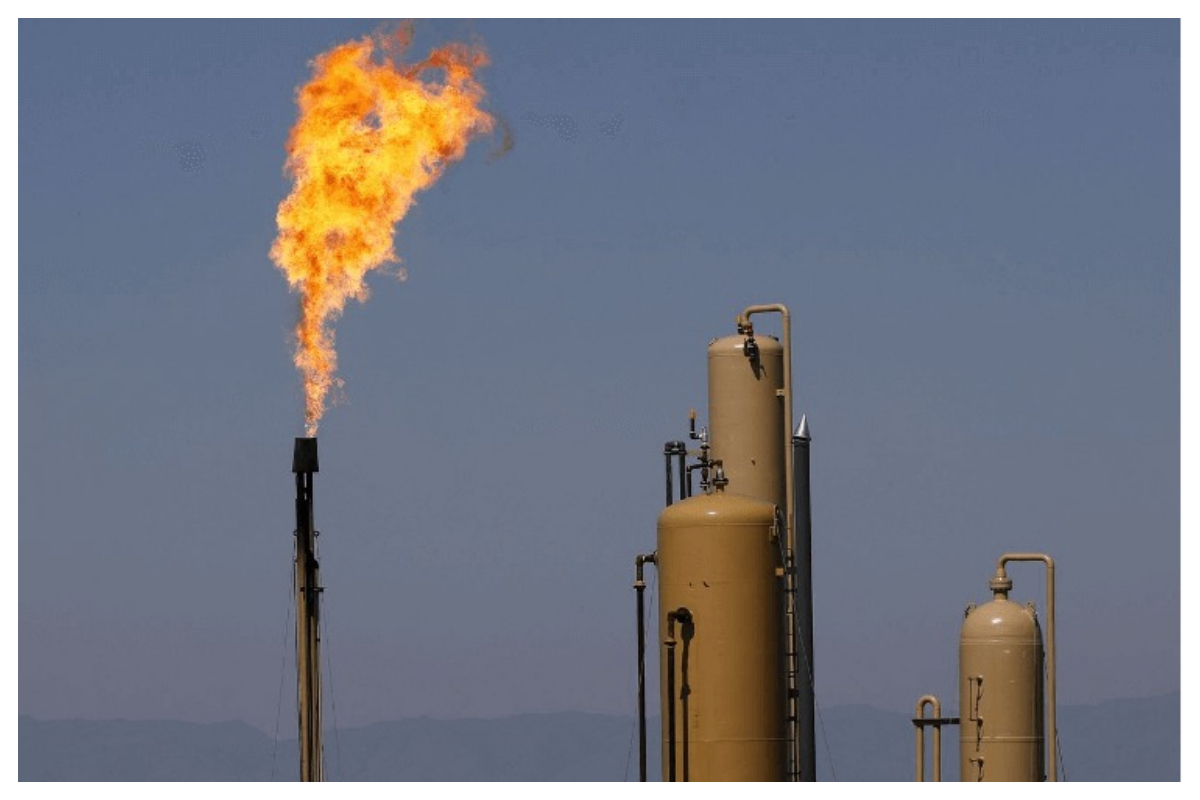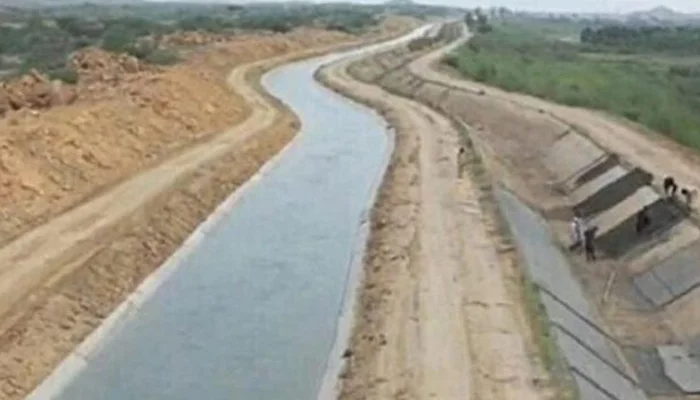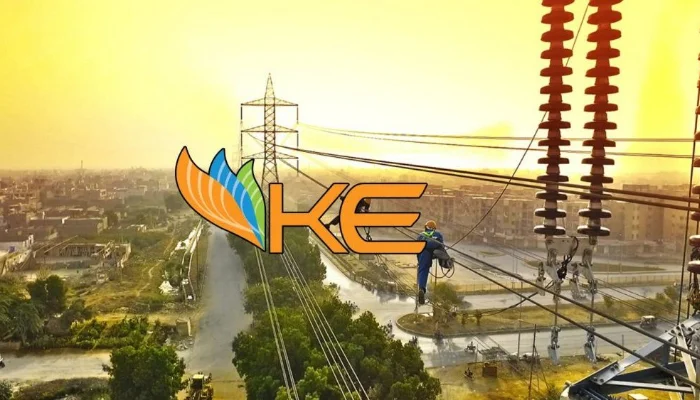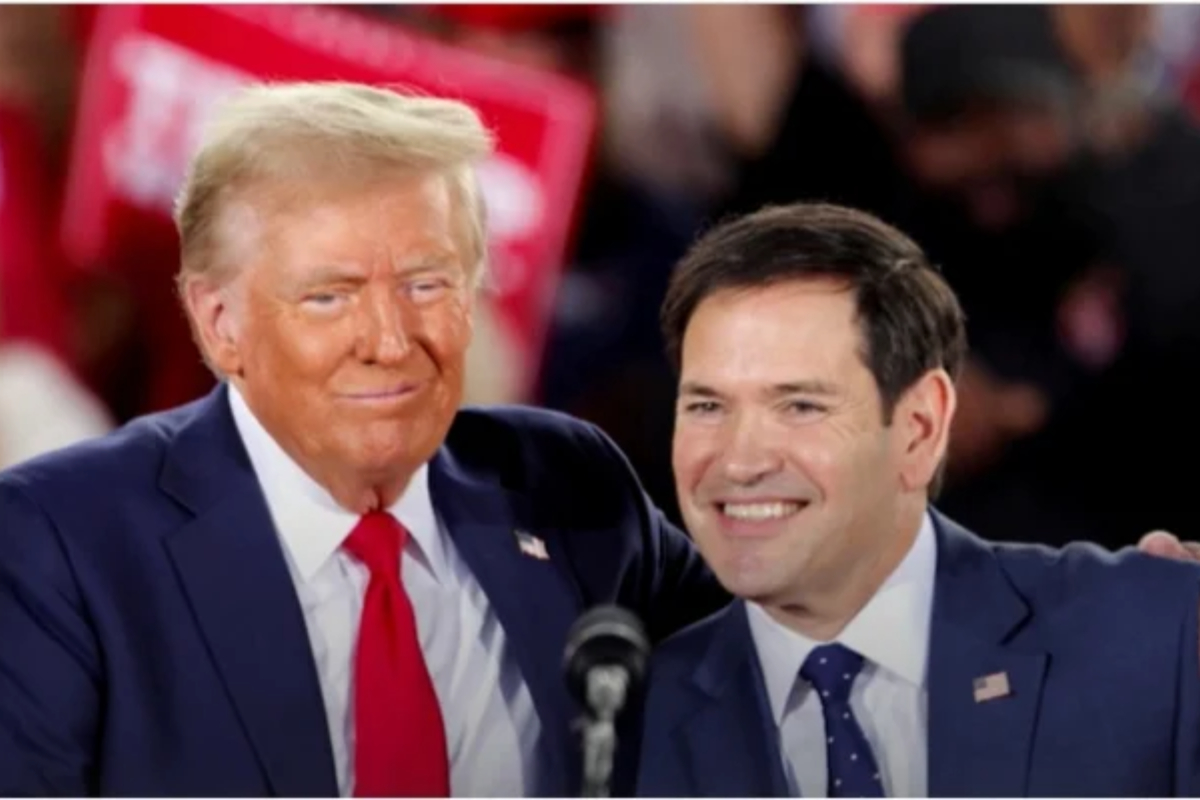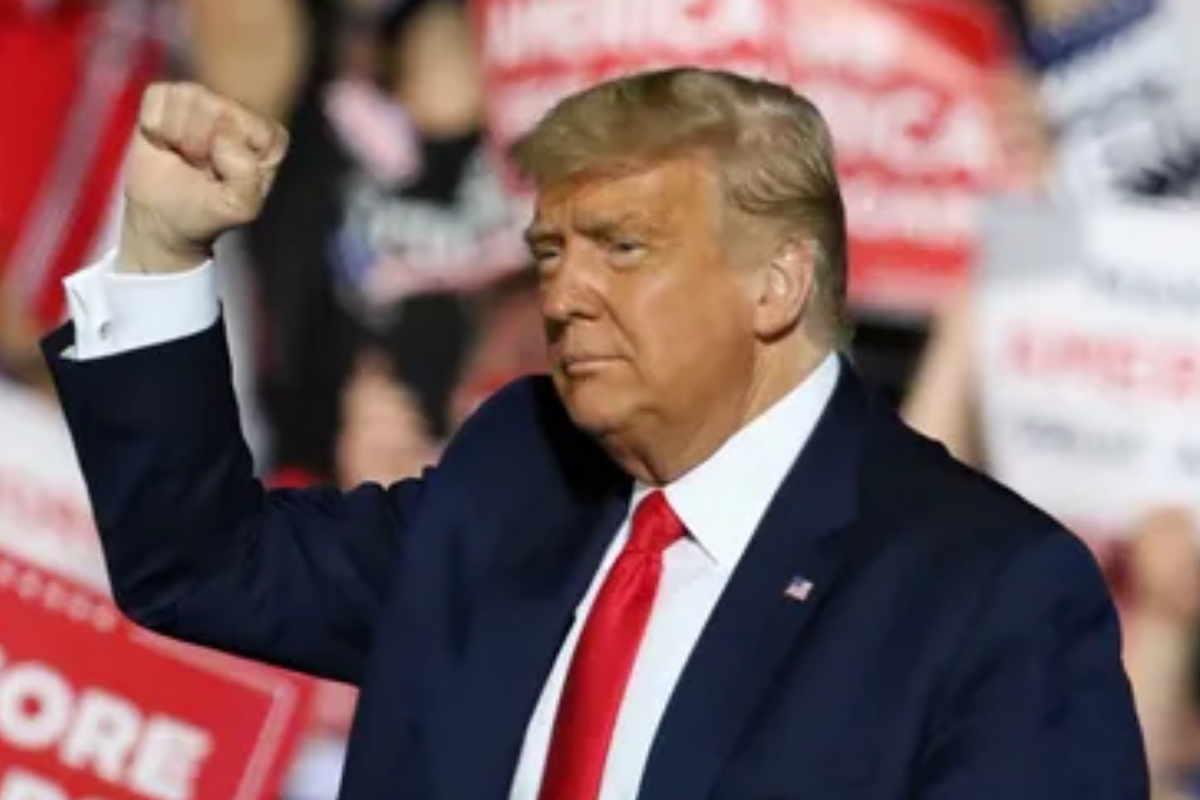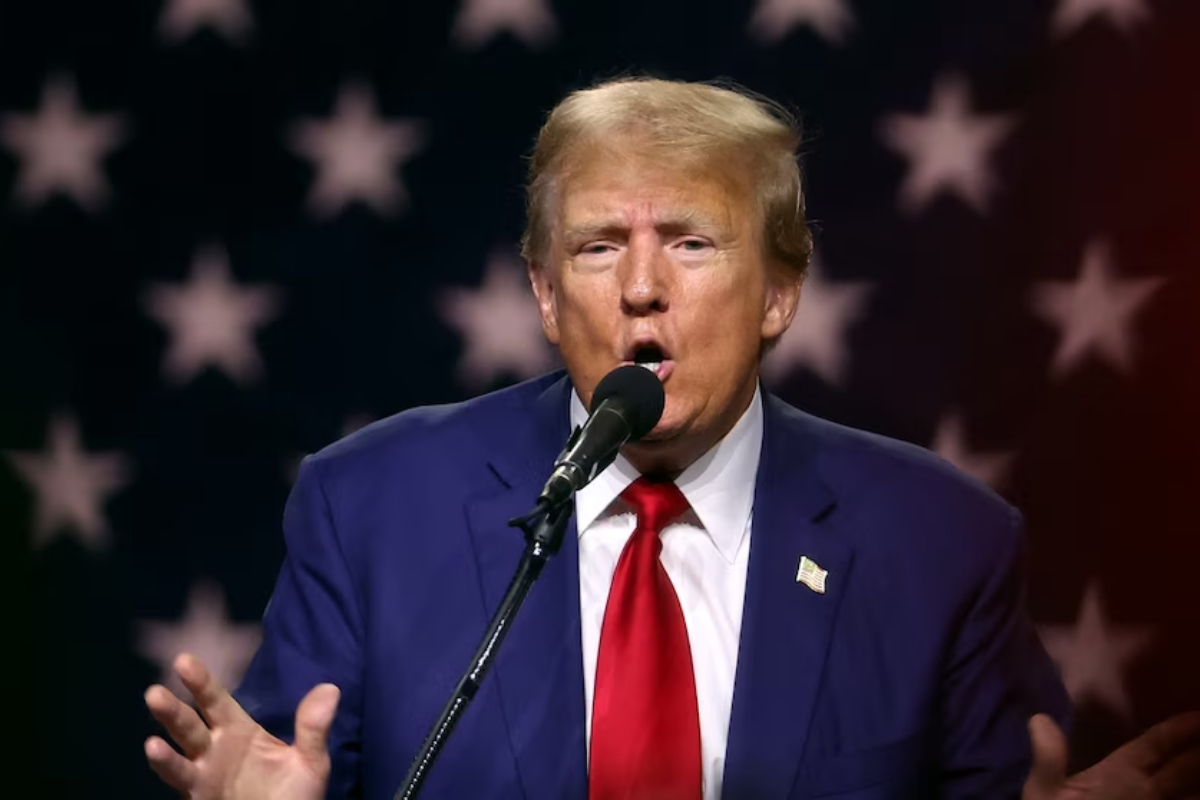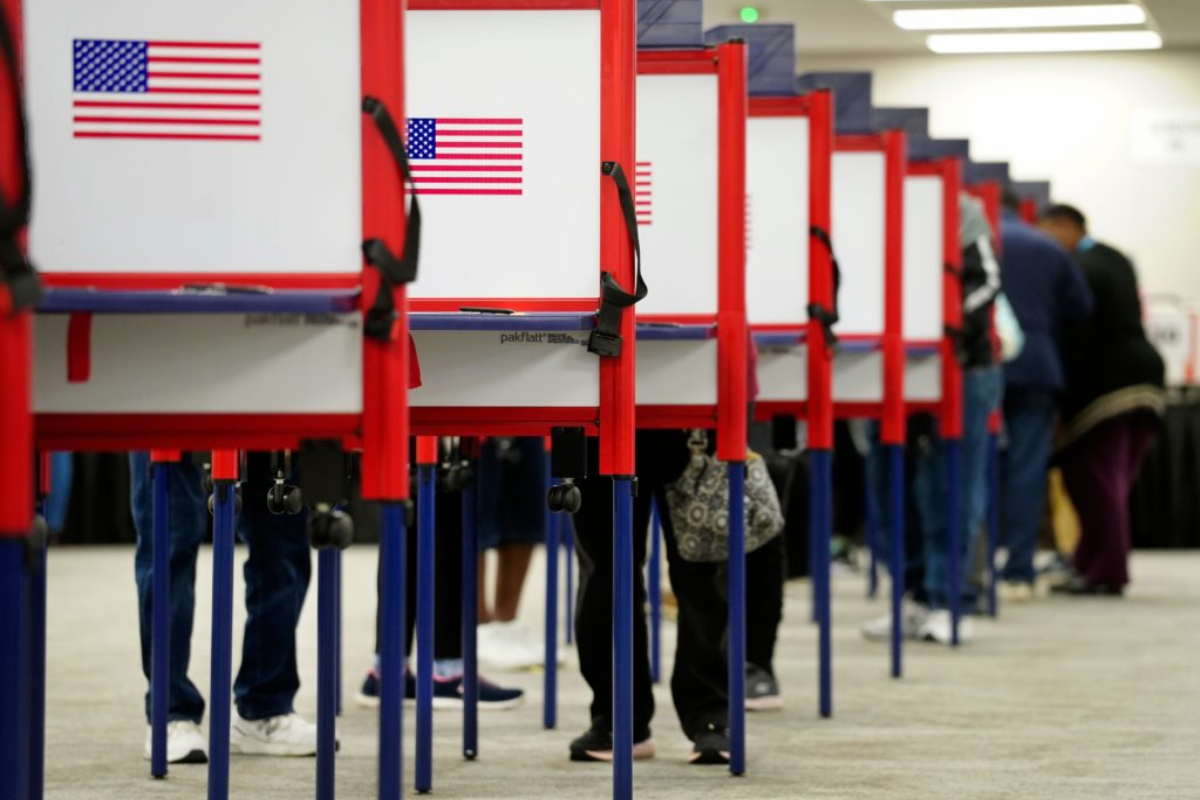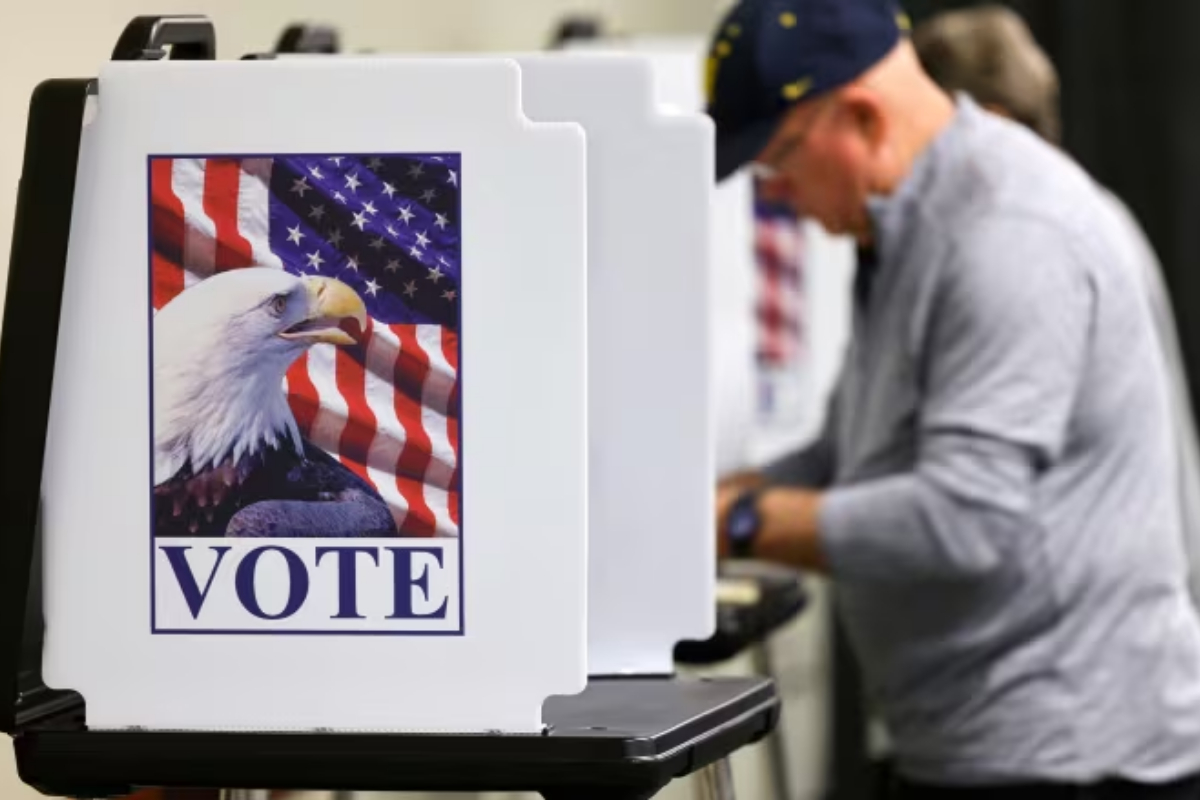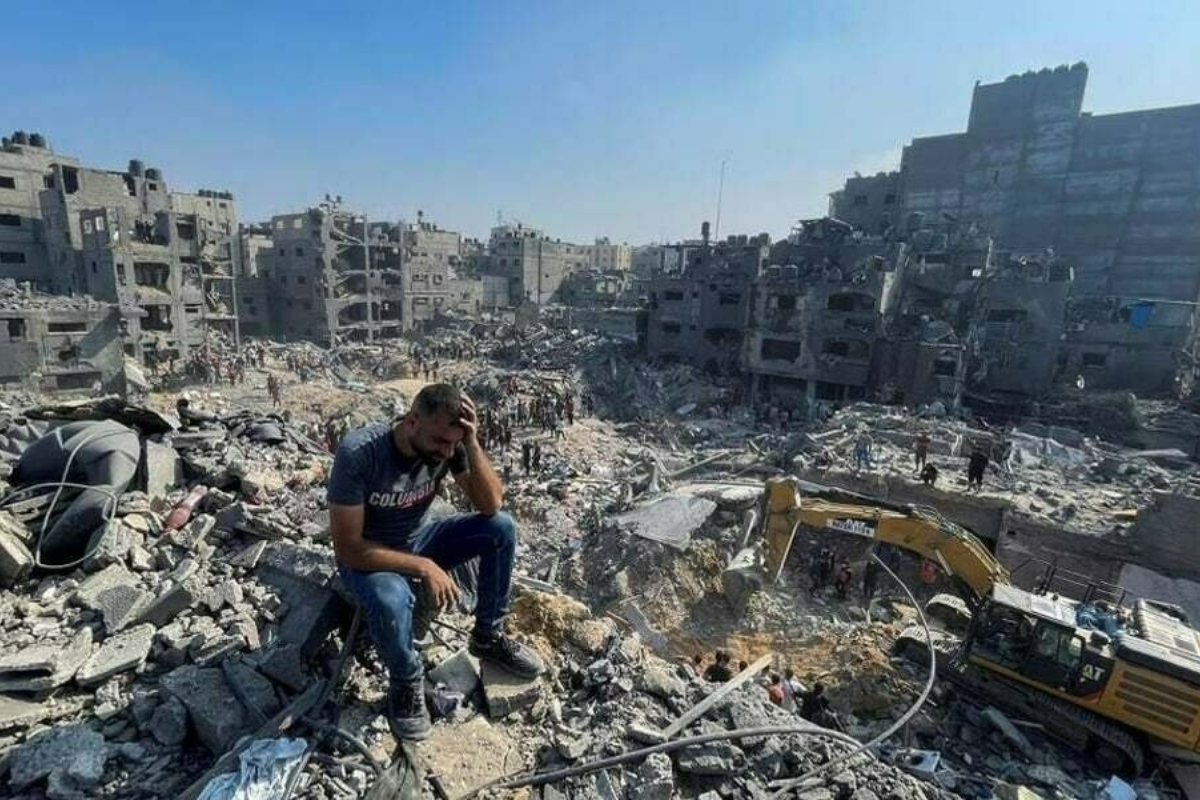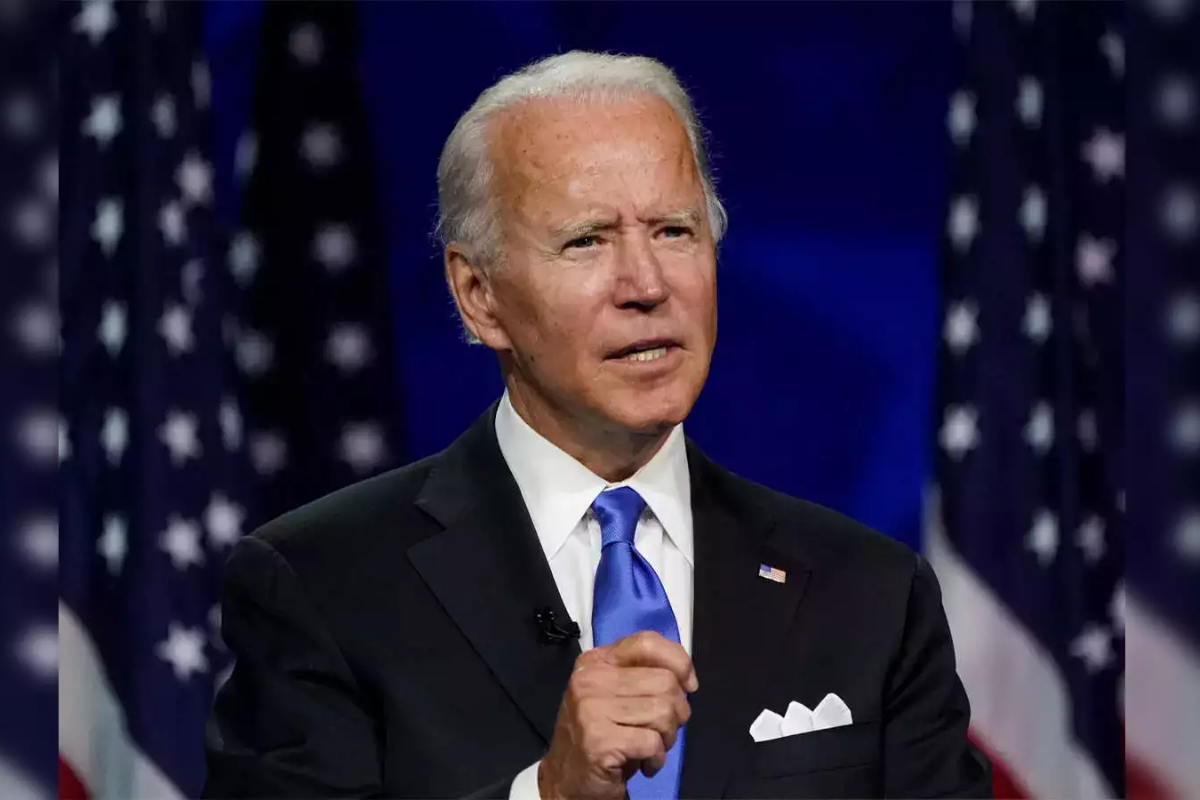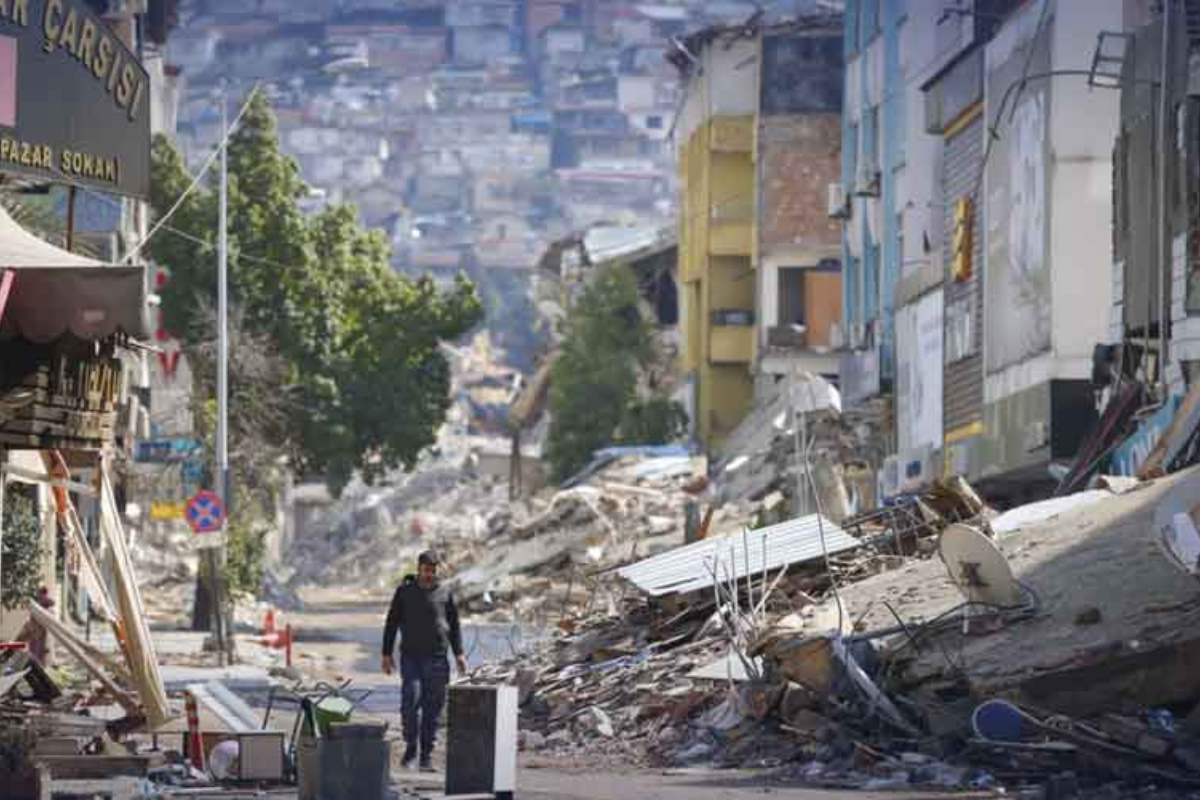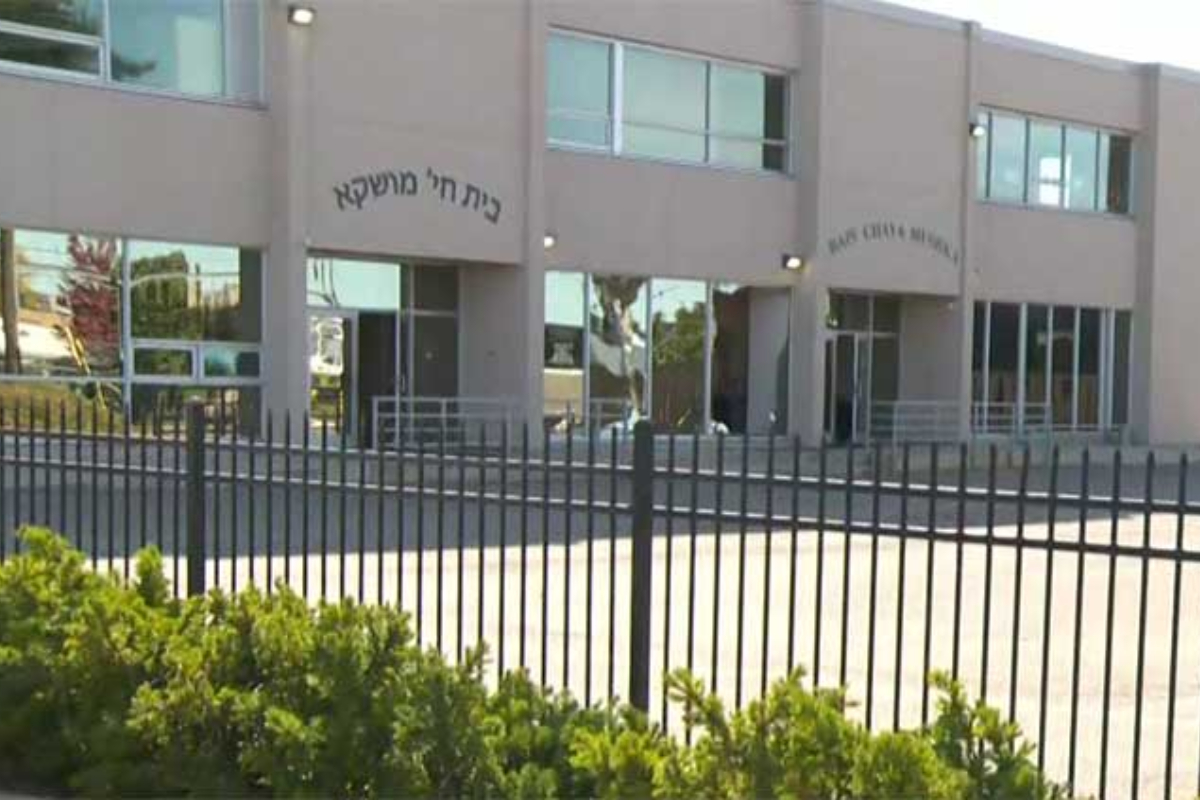- Gas prices in Europe increased by 9%.
- Nord Stream 1 pipeline has been operating at less than a fifth of its typical capacity.
- European leaders have discussed how to lessen their reliance on Russian gas.
Gas prices have increased as a result of Russia continuing to reduce gas supply to Germany and other central European nations after earlier this week’s warning to do so.
Gas prices in Europe increased by 9% and are now almost at their previous record high following Russia’s invasion of Ukraine.
The Russian government is charged with utilizing gas as a political tool by critics.
The Nord Stream 1 pipeline from Russia to Germany has been operating at less than a fifth of its typical capacity as a result of flow reductions.
The majority of the gas that Germany imports from Russia—55 percent—comes through Nord Stream 1, with the remainder coming through land-based pipelines.
The current reduction in power has been attempted to be justified by Russian energy company Gazprom by claiming that maintenance on a turbine was required.
However, the German government claimed that there was no technical justification for doing so.
In order to inflict “terror” on people, Ukraine has accused Moscow of waging a “gas war” against Europe and shutting off supplies.
The most recent decrease in flows puts pressure on EU nations to further lessen their reliance on Russian gas and is likely to make it more challenging for them to restock their gas supplies in time for the winter.
European leaders have discussed how to lessen their reliance on Russian fossil resources ever since the Russian invasion of Ukraine.
[embedpost slug=”/european-economies-are-harmed-by-the-russian-gas-cutoff-while-ukraine-reports-attacks-on-coastal-districts/”]

